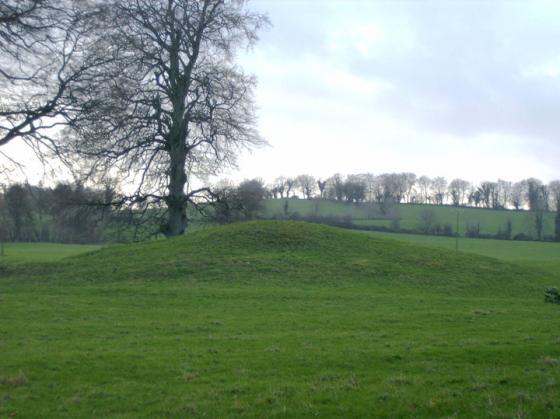taken from one of the information boards:
Research of the tomb
This site in Tannenhausen is one of the four known Stone Age megalithic graves in East Frisia. It is the only one from which remnants can still be seen.
The western chamber was about twelve meters long, 2.2 meters to 2.8 meters wide and 1.3 meters in height. It consisted of about 20 large boulders. The east chamber was about 11.2 meters long and 2.2 meters to 3.2 meters wide. Five identical six large capstones formed the roof. Both burial chambers were covered by oval hills. The entrances to the burial chambers were on the south side.
Excavations
Various excavations already took place in 1780 before the founding of the colony Tannenhausen. Regular archaeological investigations were only carried out between 1962 and 1963.
The megalithic tombs date back to the early phase of the so-called Western group (between Drenthe and the Weser) of the funnel beaker culture around 3,500 BC.
The stones to be visited in the area are two capstones and a supporting stone of the western burial chamber. During the excavations the traces of the former other stones could be documented.
The original stones of many megalithic tombs in northern Germany and the Groningen region were smashed, robbed and used for other structures – often probably also for churches.
Tannenhausen findings
The people of the funnel beaker culture were the first in East Frisia to make ceramic vessels. They were richly decorated with geometric patterns. These were carved before the fire in the wet clay and filled with a white paste, which is usually no longer preserved.
The tools still consisted entirely of stone. The ax blades, for example, were made of flint, as well as the arrowheads. As jewelery pearls from rock, but also from amber from the Baltic Sea were used.
The now to be seen site represents a reconstruction! The stones are in the original locations, but they are not the original stones. These have disappeared over time. The reconstruction shows what one of the tombs might have looked like. A stylized entrance allows a view into the inside of the tomb. Even the access from wooden posts can not be reconstructed today, so it is represented by vertical wooden posts.

















